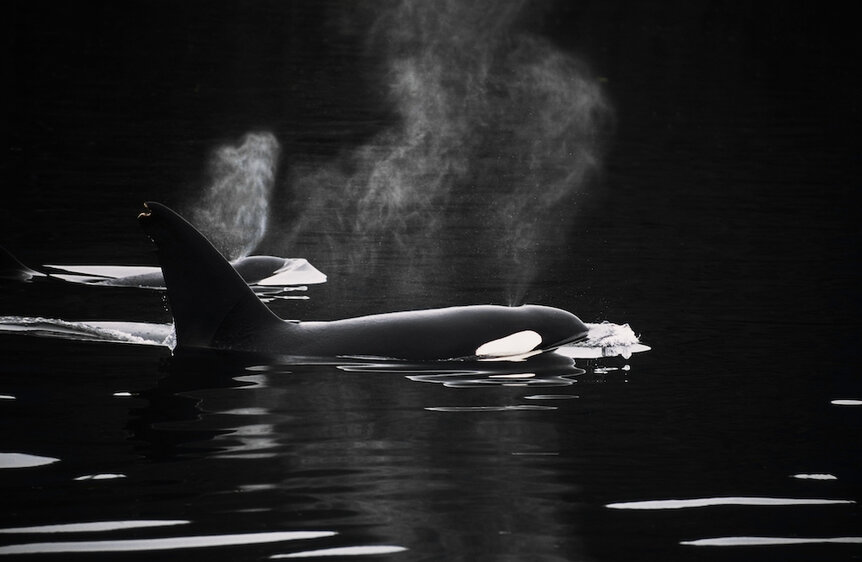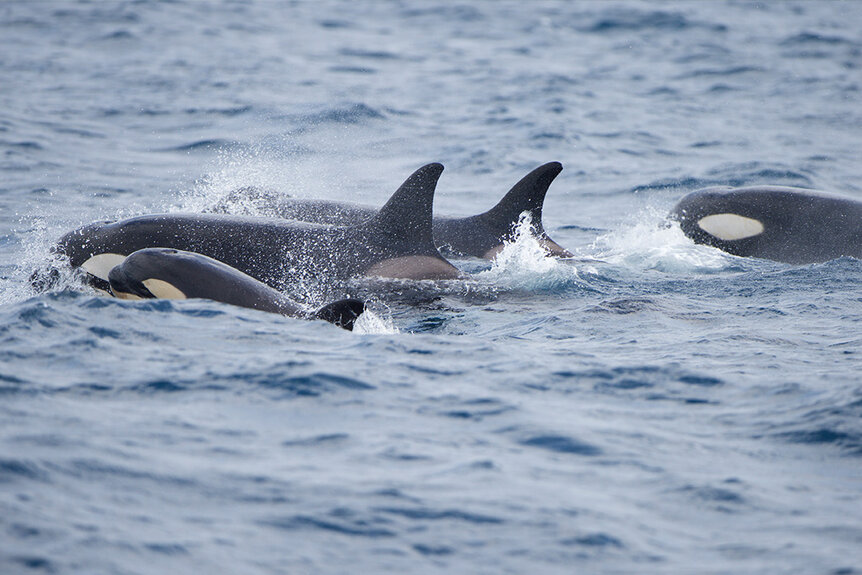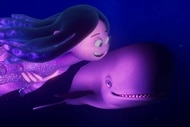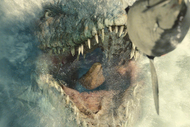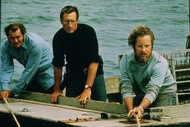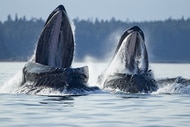Create a free profile to get unlimited access to exclusive videos, sweepstakes, and more!
How Many Orcas Are There in Captivity and the Wild?
Too many, and not enough, respectively.
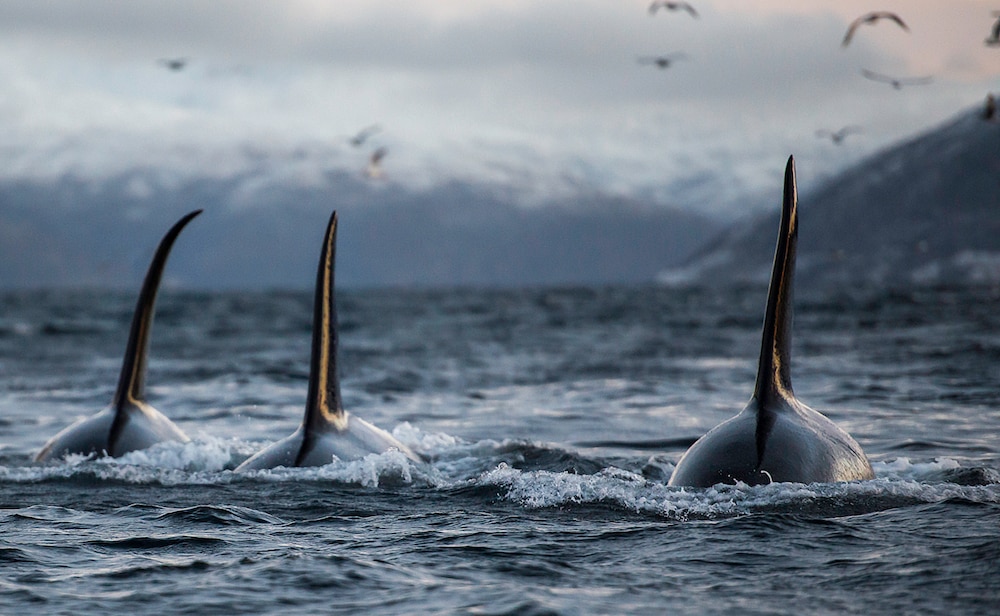
The geniuses working aboard seaQuest DSV had the foresight to recognize dolphins as intelligent creatures capable of contributing to the cause. They enlisted the help of Darwin, a dolphin capable of communicating with his human collaborators by way of some techno-gadgetry. They weren’t smart enough, however, to let Darwin live outside of a tank.
Despite our best intentions, humans have a bad habit of capturing the planet’s prettier creatures and sticking them in boxes for our own entertainment. Everything from kangaroos to killer whales have found their way into specially designed pens for us to look at, but now we are collectively rethinking if and how we should interact with wild animals.
Orcas, popularly called killer whales, first found their way into captivity in the early 1960s, and more than half a century later it’s past time for us to end this failed experiment. Orcas are having a hard enough time in their own habitat as it is.
For More on Orcas:
Killer Whales Turn the Tide and Start Hunting Boats
Why Don't Killer Whales Ever Attack and Kill Humans?
Newly Discovered Rogue Orcas are Hunting Whales in the Open Ocean
How Many Orcas are in Captivity?
The first captive killer whale was captured in 1961 and at least 166 have been captured since then, though the precise number isn’t known. Today, wild capture is less common as zoos and aquariums have improved their ability to breed captive animals through artificial insemination. Today, there are 56 orcas living in captivity, according to Whale and Dolphin Conservation. Of those, 22 were wild caught and the remaining 34 were born and have spent their entire lives in captivity.
In the United States, the majority of captive orcas are found at SeaWorld parks. They can also be found in parks in Canada, Europe, Asia, and Russia. Orcas are popular aquarium attractions because of their size, beauty, and intelligence, and it’s those same qualities that make them poor choices for captivity. Even when they are successfully captured, it often comes at a staggering cost.
On August 8, 1970, a total of seven orcas were trapped in Penn Cove, Washington and captured. Five of the animals were killed during the capture attempt and only one of them remains alive today. Orcas are large, intelligent animals. They are highly social and enjoy large aquatic ranges in the wild. They aren’t the sort of animals which do well in isolation or in small pens. A lifetime in captivity has led to orcas lashing out against trainers with deadly results on more than one occasion.
Even when they are seemingly healthy and happy, captive orcas always die decades before they would have in the wild, for reasons we don’t fully understand. From the moment an orca comes into our care their life is dramatically shortened, no matter how hard we try.
Where Do Wild Orcas Live?
Despite the “killer whale” moniker, orcas are actually the largest species of dolphin. They are found in every ocean in the world and are the most widely distributed of all cetaceans (dolphins and whales). They are also the most widely distributed apex predator in the world and are perfectly happy cruising along tropical coasts or blasting seals from ice sheets in the arctic.
A total of 50,000 orcas are estimated to exist today, spread out all over the world. Historically, orcas have been considered one global species, but scientists are starting to whisper about the possibility of splitting them into separate species or subspecies. They can be distinguished by differences in size, fin shape, saddle patches, and tooth shape, as well as territory and hunting behaviors.
The most well-studied groups of orca live in the eastern north Pacific where three main populations live. There are residents which hang out close to shore; offshores which hang out farther out to sea; and transients which spend their time moving back and forth. Despite some overlap in territory and diet, the groups don’t appear to interbreed or intermix. A potential fourth group, was recently identified in the Pacific and is currently being studied.
Most of what we know about wild populations comes from the three groups in the northern Pacific. Among them, the southern resident killer whale (SRKW) has been listed as endangered for some time with just over 70 living individuals. In 2008, a recovery plan was put in place to protect their habitat and hopefully help the population to recover.
If we want to see more orcas swimming the high seas, we’re going to have to learn what the crew of seaQuest DSV never did, and let our dolphins and whales go.
Catch the complete run of seaQuest DSV, streaming now on Peacock!
